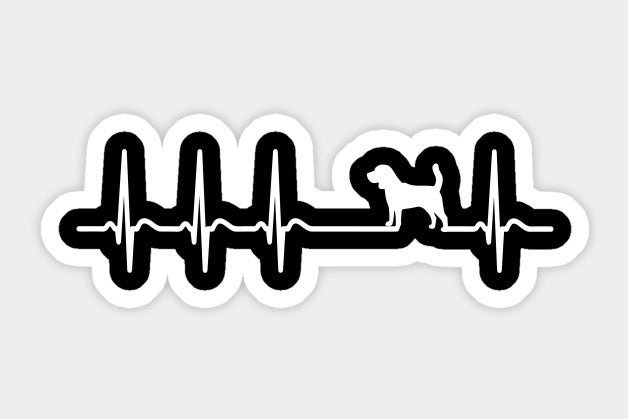What is frequency of love?

Understanding what frequency is, comes prior to what is "Healing Frequency"
What is sound?
Any physical object in motion creates vibrations. Vibrations though aren't the function only of moving objects. At the atomic level there is a constant vibration of everything around and within us.
- The term “sound” is applied to vibrations that typically propagate as an audible waves of pressure, transmitted through a medium, such as gas, liquid or solid.
- In human physiology and psychology, sound is the reception and perception of such waves conducted by the hearing organs, bones and skin.
- Any sound vibration pulsates between the two poles of its maximum and minimum amplitude.
- Any repetitive vibration passes through a stage of stillness between new cycles of motion.
- In physics, no wave, such as a sound wave, would be possible without movement.
- No movement would be possible without space and time.
- Sound waves are a physical phenomenon of carrying and transferring energy and information from one source to another.
Sound is the primary language of the universe. Sound is the cause and the effect programmed by nature at the inception of any new vibration. Sound is a continuous revelation of creation.
With all that being said, it’s important to remember that one must be physically present within the medium through which sound vibration is transmitted in order for that sound to be heard. It is one’s conscious awareness that perceives vibrations as the phenomenon that we call sound!
"If a tree falls in a forest and no one is around to hear it, does it make a sound?”
Sound is vibration, transmitted to our senses through the mechanism of the ear, and recognized as sound only at our nerve centers. The falling of a tree or any other disturbance will produce a vibration in the air. If there are no ears to hear, there is no sound.
What is frequency of sound?
A vibration that recurring at regular intervals has its own "frequency". So what is frequency? Frequency indicates how FREQUENT the cycle of motion is happening within a fixed unit of time. Vibration with no periodic activity has no frequency.
How you measure a frequency?
The measuring units of frequency are Hertz (Hz). One Hertz equals one full cycle per second. For example, when a honey bee makes one full motion of its wings in one second, the frequency of this movement is 1Hz. If the same bee would swing its wings 230 times per second, that means it raised the frequency from 1Hz to 230Hz. Luckily for the bee, along with increasing the vibrations, it would also raise itself up in the air!
Sound is a form of vibrational energy that needs to meet a few conditions in order to occur. The first condition is the presence of a medium through which mechanical vibrations could pass (gases, liquids, solids, and plasma). Also, for human hearing, the sound is determined as a very specific range of vibrations. The motion of physical matter starts to be audible when its frequency is higher than 20Hz. Vibrations with fewer than 20 cycles per second are called "infrasound". Infrasound isn't audible, although, if the impulse is strong enough, it can create a physical sensation, such as tickling.
The human ear can register up to 16000 – 20000 vibrations per second. Frequencies above the hearing range are called "ultrasound". The ultrasound isn't audible, but could affect the hearing and physical tissue.
It is a fact that all sounds are affecting our physical tissue. In other words, we hear with the whole body. Pressure waves created by the vibrating matter are being partially reflected and absorbed by our bodies.

*The sinuous wave on this diagram indicates pressure waves propagated by sound. The higher the frequency, the denser is the wave.


* The dynamic diagrams above show the distribution of sound. The molecules of the medium are being compressed and expanded with every passing wave.
If you have found this article interesting, we would strongly appreciate it if you could please share it with your friends. We would also love to hear your feedback. Please, help us by writing your thoughts and experience in the comments window below the article.
Thank you.

Leave a comment